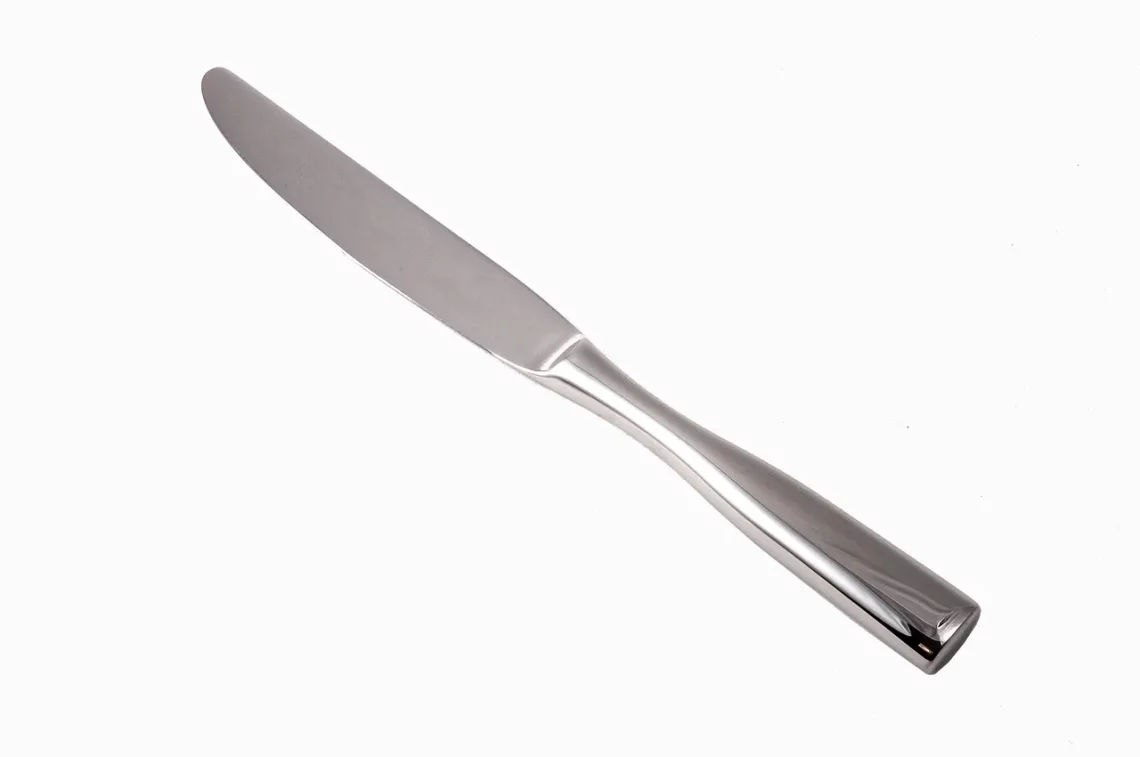
Understanding Knife Play Meaning in BDSM and Kink Cultures
Knife play is an intriguing and complex practice within the realms of BDSM and kink cultures. Often misunderstood, it evokes a wide range of emotions, from fear and excitement to trust and vulnerability. This form of play involves the use of knives or other sharp objects, but it is not solely about physical sensation; it is heavily intertwined with psychological elements. Those who engage in knife play often find that it creates an atmosphere that heightens the senses and deepens the connection between partners.
At its core, knife play symbolizes trust and consent. Participants must communicate openly about their boundaries, safe words, and desires to ensure a safe and consensual experience. For many, the thrill comes not just from the physical aspect of the play, but from the emotional and psychological dynamics that emerge. It challenges traditional notions of safety and danger, allowing individuals to explore their limits in a controlled environment. Knife play can also serve as a way to explore power dynamics, with one partner assuming a dominant role while the other surrenders to the experience.
In this article, we will delve into the nuances of knife play, exploring its meaning, the psychology behind it, and the importance of safety measures. We will also examine the role of consent and communication in creating a fulfilling experience for all parties involved. Understanding these elements is crucial for anyone interested in incorporating knife play into their BDSM practices.
The Psychology of Knife Play
Knife play taps into deep-seated psychological aspects of human behavior, intertwining fear, trust, and intimacy. At the heart of this practice is the thrill of danger, which can elicit strong emotional responses. The mere sight of a knife can provoke fear, yet within the context of consensual play, it transforms into an object of desire and excitement. This paradox is what draws many to knife play, as it allows individuals to confront their fears in a safe and controlled environment.
The psychological dynamics at play are multifaceted. For the submissive partner, the act of surrendering to a dominant figure wielding a knife can be an incredibly intimate experience. It requires a profound level of trust, as the submissive must rely on the dominant not to harm them. This trust can deepen the emotional bond between partners, fostering a sense of security that enhances the overall experience.
Conversely, for the dominant partner, there is a unique exhilaration in wielding power over another. The responsibility that comes with this power is significant, as the dominant must ensure the safety and comfort of their partner. This dynamic creates a rich tapestry of emotions that can lead to heightened arousal and intimacy.
Moreover, knife play can also serve as a form of self-exploration. Individuals may find that engaging in this practice helps them confront personal fears, desires, or even past traumas in a safe and controlled manner. By navigating the complexities of fear and pleasure, participants can gain insights into their own psyches, leading to personal growth and a deeper understanding of themselves.
Safety Practices in Knife Play
Engaging in knife play requires meticulous attention to safety practices to ensure a positive experience for everyone involved. The use of sharp objects inherently carries risks, so it is crucial to establish protocols that prioritize the well-being of all participants.
First and foremost, clear communication is essential. Before any play begins, partners should discuss their boundaries, safe words, and any medical conditions that could affect the experience. This dialogue lays the groundwork for a safe environment where both parties feel comfortable expressing their needs and limits.
It is advisable to use knives specifically designed for play rather than kitchen knives or other household objects. Play knives often have rounded tips or are made from softer materials that reduce the risk of injury while still providing the psychological thrill associated with knife play.
Another critical aspect of safety is the establishment of a safe word. This word serves as a signal that can halt the scene immediately if one partner feels uncomfortable or unsafe. It is imperative that both partners respect this safe word without question, as it reinforces the principle of consent that underpins all BDSM practices.
Aftercare is also a vital component of knife play. Once the scene has concluded, partners should take the time to reconnect and discuss their feelings about the experience. This can involve physical care, such as tending to any minor cuts or abrasions, as well as emotional support to process the experience. Aftercare helps individuals transition back to their everyday selves and reinforces the trust established during the play.
Consent and Communication: The Cornerstones of Knife Play
The concepts of consent and communication are fundamental to knife play and all BDSM practices. Consent is not merely a one-time agreement; it is an ongoing conversation that evolves as the dynamics between partners shift. Before engaging in knife play, both partners should have a thorough discussion about their desires, limits, and any concerns they may have. This dialogue should continue throughout the play, allowing for adjustments based on comfort levels.
In addition to verbal consent, non-verbal cues play a significant role. Body language can indicate discomfort or excitement, so both partners must be attuned to each other’s reactions. This awareness fosters a deeper connection and enhances the overall experience.
Moreover, it is essential to recognize that consent can be revoked at any time. If one partner feels uncomfortable or overwhelmed, they have the right to use their safe word or otherwise communicate their need to stop. This flexibility reinforces the idea that knife play is a collaborative experience grounded in mutual respect and trust.
Communication extends beyond the act of play itself. Aftercare provides an opportunity for partners to share their thoughts and feelings about the experience. Discussing what worked, what didn’t, and any lingering emotions can lead to a richer understanding of each other and strengthen the bond between partners.
By prioritizing consent and communication, individuals can create an environment that is not only safe but also deeply fulfilling. Knife play, when approached with care and respect, can lead to profound connections and exhilarating experiences that honor the complexities of human intimacy.
Exploring the Cultural Context of Knife Play
Knife play exists within a broader cultural context that encompasses various interpretations and practices. In many cultures, knives and blades have symbolic meanings associated with power, protection, and danger. These cultural associations can influence how individuals perceive and engage in knife play within BDSM and kink communities.
Historically, knives have been used in rituals and ceremonies across cultures, often symbolizing the duality of creation and destruction. This symbolism can translate into the emotional and psychological experiences of knife play, where the act of wielding a knife may evoke feelings of both intimacy and danger. Understanding these cultural contexts can enrich one’s experience and appreciation of knife play.
In contemporary BDSM and kink cultures, knife play is often seen as an expression of trust and vulnerability. The act of allowing someone to wield a knife over you signifies a deep level of surrender and connection. It challenges societal norms surrounding safety and danger, inviting individuals to explore their boundaries in a consensual and controlled manner.
Furthermore, the rise of social media and online communities has contributed to the visibility of knife play within BDSM culture. Individuals can share their experiences, techniques, and safety tips, fostering a sense of community and support. This exchange of knowledge helps demystify knife play and encourages responsible practices, making it more accessible to those interested in exploring this form of expression.
As with any kink or BDSM practice, it is essential to approach knife play with an understanding of its cultural implications and the responsibilities that come with it. Engaging in knife play can be an exhilarating journey into the depths of trust, intimacy, and self-discovery, provided it is approached with respect and awareness.
In conclusion, knife play is a multifaceted practice that encompasses psychological, emotional, and cultural dimensions. By prioritizing safety, consent, and communication, individuals can explore this thrilling form of play in a way that is both rewarding and respectful. As with any BDSM activity, it is crucial to remember that the journey into knife play should always be consensual and grounded in mutual trust.
***Disclaimer: This article is not intended as medical advice. If you have any health concerns or medical conditions, please consult a qualified healthcare professional.***




